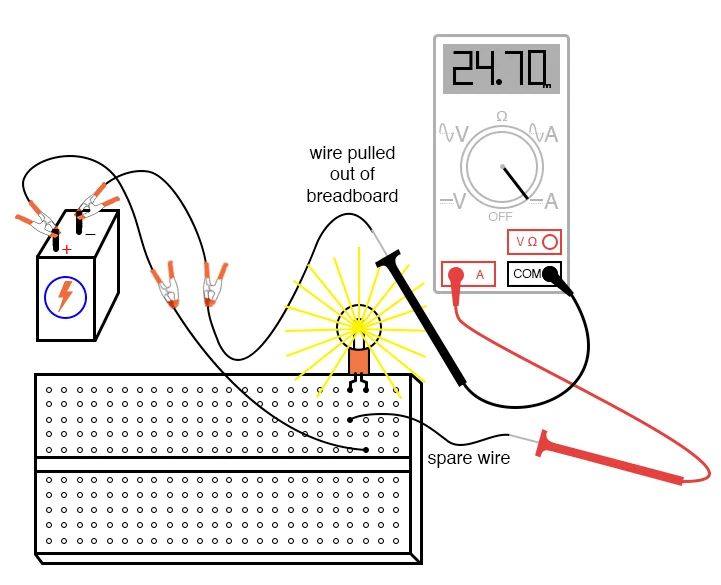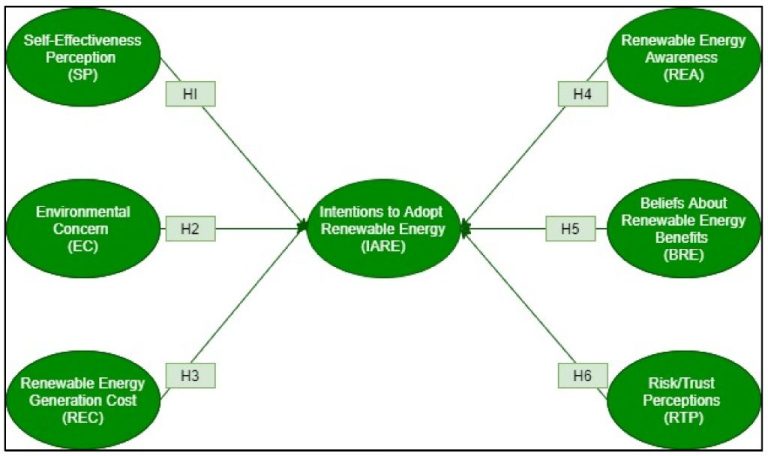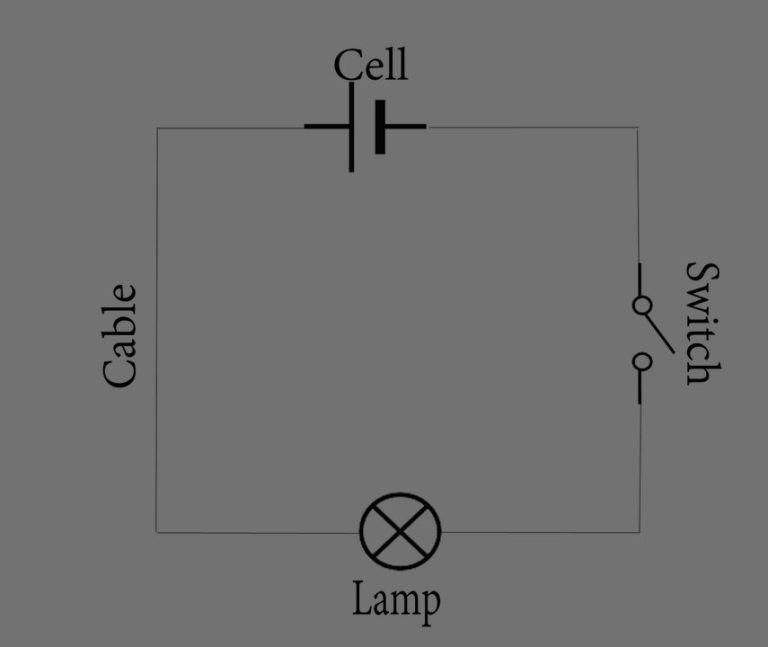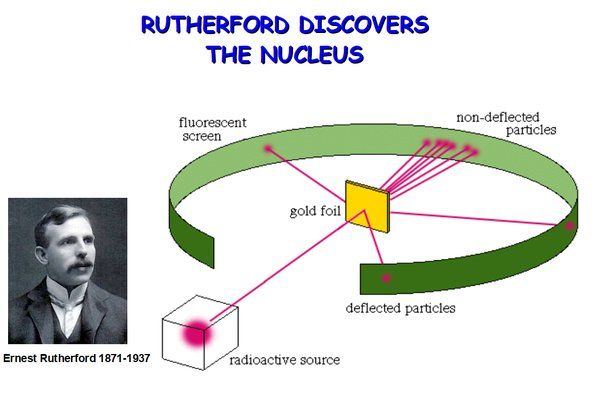What Is The Difference Between The Potential And The Potential Energy?
Define Potential
In physics, potential refers to the capacity or possible energy of a system or object. It is a scalar quantity, meaning it has only magnitude but no direction. Potential can also be thought of as stored energy ready to do work. For example, a compressed spring has potential energy due to its state of being compressed. When released, that stored energy can be converted into kinetic energy.
Some key characteristics of potential include:
- Describes stored or pent-up energy
- Scalar quantity with magnitude but no direction
- Dependent on the configuration or state of a system
- Can be converted to kinetic energy when released
Potential exists in many forms in physics, with gravitational potential and electric potential being two of the most common examples. The potential of a system represents how much energy it contains and how much work it can potentially do. Understanding the concept of potential helps predict and describe the behavior of physical systems across mechanics, electromagnetism, and other areas of physics.
Define Potential Energy
Potential energy is the stored energy that an object possesses due to its position or configuration. There are different types of potential energy depending on the forces involved.
Gravitational potential energy is the energy stored in an object due to gravity. For example, a book sitting on a shelf has gravitational potential energy that can be converted to kinetic energy if it falls off the shelf. The higher the shelf, the greater the gravitational potential energy.
Elastic potential energy is stored in compressed or stretched elastic materials like springs. As the spring is compressed or stretched away from its relaxed position, it stores elastic potential energy. Chemical potential energy is stored energy in the bonds between atoms and molecules. This energy can be released in chemical reactions. Electrical potential energy is energy stored in electric fields between charged particles.
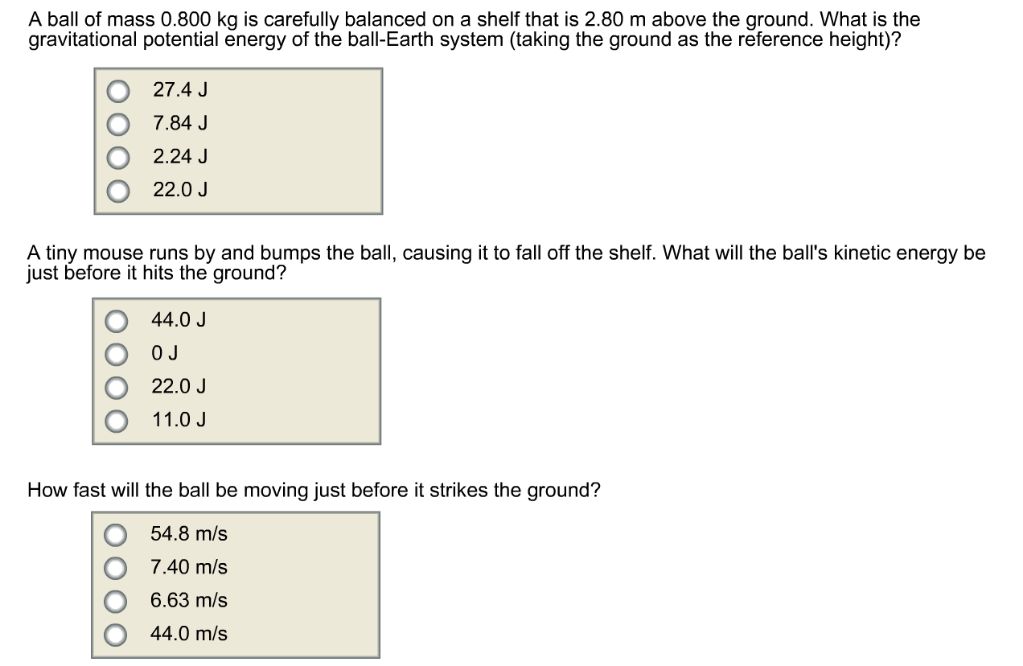
In summary, potential energy represents stored energy in an object that can later be converted to kinetic energy when released. The amount of potential energy depends on the object’s position in a force field.
Potential vs Potential Energy
Potential and potential energy are related concepts that are easy to confuse. The main difference is that potential is a scalar quantity representing the capacity to do work, while potential energy is the energy stored in an object or system due to its position or configuration.
Potential does not represent actual energy, but rather the potential an object has to gain or lose energy based on its interactions with other objects and forces. Potential is measured in joules (J) in the SI system. An object at a higher position relative to another object it can interact with is said to have higher potential. However, until this potential is converted into motion or some other form of energy, no actual energy has been expended.
Potential energy, on the other hand, is the stored energy an object has due to its position or shape. For example, a ball held at a height above the ground has gravitational potential energy due to the earth’s mass and gravity pulling it downward. When released, this potential energy is converted into kinetic energy as the ball falls. Potential energy is numerically equal to the work done against a force to bring the object to its position. Common forms of potential energy include gravitational, elastic, chemical, and electrostatic.
In summary, potential is a property that predicts the possibility of gaining potential energy, while potential energy is the actual energy stored in an object or system due to position, shape, or configuration. Understanding the difference between the two is key to analyzing mechanical and thermodynamic systems.
Examples of Potential
Some common examples of potential include:
- Electric Potential – This refers to the potential difference in charge between two points in an electric field. It is measured in volts. The greater the electric potential difference, the greater the ability for electric charges to do work.
- Gravitational Potential – This refers to the potential energy of an object due to gravity. The higher an object is above the ground, the greater its gravitational potential energy. Gravitational potential can be calculated by multiplying an object’s mass by the gravitational field strength and its height above the ground.
- Chemical Potential – This refers to the potential energy available in a chemical system due to differences in concentration. It determines the direction of chemical reactions and helps predict if a reaction will occur spontaneously. Systems seek to establish equilibrium by minimizing chemical potential.
- Magnetic Potential – Also called vector potential, this refers to the potential energy of a magnetic field. It is related to the force exerted on moving electric charges by the magnetic field.
These are some common examples of potential energy in physics and chemistry. The key idea is that potential describes stored energy that has the possibility of being converted into motion or work.
Examples of Potential Energy
There are several common types of potential energy:
-
Gravitational potential energy – This is energy stored due to an object’s height above the ground. For example, a book sitting on a table has more gravitational potential energy than a book sitting on the floor. As the book falls, gravitational potential energy is converted to kinetic energy.
-
Elastic potential energy – This is energy stored in elastic materials that are deformed or stretched from their natural state. For example, a stretched rubber band has elastic potential energy that can do work when released.
-
Chemical potential energy – This is energy stored in the chemical bonds of substances like gasoline, batteries, and food. This chemical energy can be released during chemical reactions to do work.
-
Nuclear potential energy – Energy stored in the binding forces of an atomic nucleus, which can be released in nuclear reactions or radioactive decay.
-
Electrostatic potential energy – Energy stored in electric fields between charged particles. It can be released to create electricity or lightning.
Calculating Potential Energy
Potential energy can be calculated using the following formula:
PE = mgh
Where:
- PE is the potential energy in joules (J)
- m is the mass in kilograms (kg)
- g is the acceleration due to gravity, which is 9.8 m/s2 on Earth
- h is the height of the object in meters (m)
This formula shows that an object’s potential energy increases as its height increases. The higher the object is lifted, the greater its potential energy will be. This is because the object has the potential to release more energy when it falls back down.
Some examples of calculating potential energy:
- Lifting a 5 kg book 2 meters off the ground: PE = 5 kg x 9.8 m/s2 x 2 m = 98 J
- Holding a 12 kg bowling ball 3 meters above the floor: PE = 12 kg x 9.8 m/s2 x 3 m = 352.8 J
The formula applies for any object that is lifted upwards against gravity. By knowing the object’s mass, the acceleration due to gravity, and how high the object is lifted, you can calculate the potential energy gained.
Converting Potential to Kinetic Energy
Potential energy can be converted into kinetic energy. This occurs when an object with stored potential energy is allowed to move. The potential energy is then converted into kinetic energy, which is the energy of motion.
For example, consider a ball held at a height above the ground. The ball has potential energy due to its elevated position in the Earth’s gravitational field. If the ball is dropped, gravity acts on it and accelerates it downwards. As the ball falls, its potential energy is converted into kinetic energy. The velocity of the ball increases as it falls. When the ball hits the ground, all of its potential energy has been converted into kinetic energy.
Another example is a compressed spring. The compressed spring contains potential energy in the form of elastic potential energy. When released, the spring decompresses and the potential energy is converted into kinetic energy. This kinetic energy causes the spring to move and oscillate back and forth.
The conversion between potential and kinetic energy occurs continuously. As an object with PE moves faster, it loses PE and gains KE. When the object comes to a stop, all its KE is converted back to PE. This transfer between PE and KE is a key concept in physics and engineering.
Potential Energy Graphs
Potential energy can be visualized on a graph showing the relationship between energy and position. These are known as potential energy curves or diagrams.
On the x-axis is position, while the y-axis shows the amount of potential energy. The curve demonstrates how the potential energy changes depending on the position of the object.
For example, for gravitational potential energy, the curve will show PE increasing as the object is lifted upwards. The PE will reach a maximum at the highest point, before decreasing again as the object drops. The curve allows us to visualize how the stored energy changes during the motion.
Springs also have characteristic potential energy graphs. As the spring is stretched or compressed away from the equilibrium position, the stored elastic PE will increase. The PE reaches a maximum when the spring is deformed as far as possible, before dropping back down as the spring returns to equilibrium.
By analyzing the PE graphs, we can determine the energy stored, as well as make predictions about the motion. The curves help bring the concept of potential energy to life visually.
Applications of Potential & Potential Energy
Potential and potential energy concepts have many important real-world applications, especially in engineering and physics:
- Potential energy is used to design rollercoasters – engineers calculate the potential energy at different points to ensure the rollercoaster has enough energy to complete the entire ride.
- Bridges and buildings are designed accounting for gravitational potential energy – structural engineers ensure the structure can withstand the load.
- Electric potential is applied in electrical engineering and electronics – voltage is a type of potential energy that allows electric charges to do work such as powering appliances.
- Chemical potential energy is harnessed in batteries to produce electricity through chemical reactions.
- Understanding potential energy helps predict motion and trajectories for objects like projectiles and satellites.
- Knowing the potential energy function allows solving physics problems involving conservation of energy and mechanical processes.
In summary, potential and potential energy concepts have broad importance in science and engineering disciplines, enabling key applications and technologies in our world.
Summary
In summary, potential and potential energy are related but distinct concepts.
Potential refers to the capacity for something to have potential energy. It is a scalar quantity that describes the possibility of potential energy, but does not quantify it.
Potential energy is the stored energy an object has because of its position or state. It is the quantified amount of energy available to do work. Potential energy increases as an object moves to a higher position, and decreases as it moves to a lower position.
The key difference is that potential describes the possibility of potential energy, while potential energy quantifies the amount of stored energy. However, an object must have potential in order to have potential energy. The two concepts are connected, but potential energy is the measurable manifestation of an object’s potential.
Understanding the nuances between these two related terms allows for a deeper grasp of the physics of energy storage and transfer in mechanical systems.

